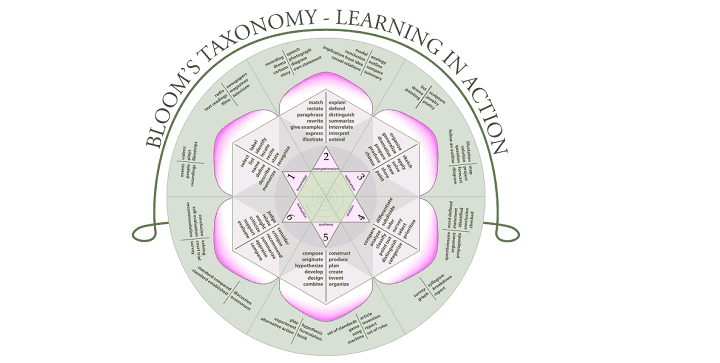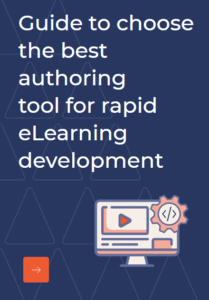In the last post, we discussed about the Cognitive Domain as categorized in the Bloom’s Taxonomy. Though Bloom’s Taxonomy applies only to acquiring knowledge in the cognitive domain. There are two other domains the affective domain and the psychomotor domain which are more relevant in today’s world where learning has become more dynamic than ever before.
The Affective Domain
The Taxonomy Handbook II: Affective was published in 1964. This domain mainly points towards the emotional aspect related to learning. It includes the way in which we react, grow attached or averse to things emotionally. It discusses things such as feelings, values, appreciation, enthusiasms, motivations, and attitudes.
The five levels within this domain are:
1. Receiving
The lowest level; the student passively pays attention. Without this level, no learning can occur. Receiving is about the student's memory and recognition as well.
2. Responding
The student actively participates in the learning process, not only attends to a stimulus; the student also reacts in some way.
3. Valuing
The student attaches a value to an object, phenomenon, or piece of information. The student associates a value or some values to the knowledge they acquired.
4. Organizing
The student can put together different values, information, and ideas and accommodate them within his/her own schema; comparing, relating and elaborating on what has been learned.
5. Characterizing
The student at this level tries to build abstract knowledge.
Educators/trainers should know the real value and importance of this domain, as it covers the main aspect we aim towards, i.e. learner engagement. Learners will only learn if we create something that grabs their attention, gives them the opportunity to respond, consists of something that they can consider as valuable, be of use and be retained.
The Psychomotor Domain
The thing called motor memory is quite powerful. It is said that at times the muscles remember what our brain has forgotten. This domain was actually the result of the inputs from various researchers. The most popularly referenced ones are those of RH Dave (1967/70), EJ Simpson (1966/72), and AJ Harrow (1972).
The categories in each change both in number and complexity. The domain details established by RH Dave- 5 categories are by far the simplest and as below:
- Imitation- copy action of another; observe and replicate
- Manipulation- reproduce activity from instruction or memory
- Precision-execute skill reliably, independent of help
- Articulation-adapt and integrate expertise to satisfy a non-standard objective
- Naturalization-automated, unconscious mastery of activity and related skills at strategic level
EJ Simpson’s categories are: Perception (sensory cues to guide motor activity), Set (readiness to act), Guided response (imitation and trial and error), Mechanism (Learned responses), Complex overt response (proficiency gained over time), Adaptation (modification according to requirement), Origination (Creating new movement patterns to fit the situation).
AJ Harrow’s are quite similar and described in terms of movements. The overlaps between the two are quite evident. Basically, the domains cover a range of ways in which skills are acquired over time, and how the learner then learns to modify it according to the situation or even create something new at times.
Bloom’s taxonomy is a really helpful standard for defining learning objectives, defining the degree to which learners need to understand and utilize concepts, use the skills, the level of application, and even set a level for values, attitudes and interest. The level of expertise of the learners too is considered, in order to cater to different learners.
Today we talked about personalization of learning on different levels, Bloom’s taxonomy is where it can clearly start.
At Knowzies in our Instructional Design Approach we use all these theories most of the times. To know more about our Instructional Design capabilities you can reach out to us at info@www.knowzies.com
Reference:



